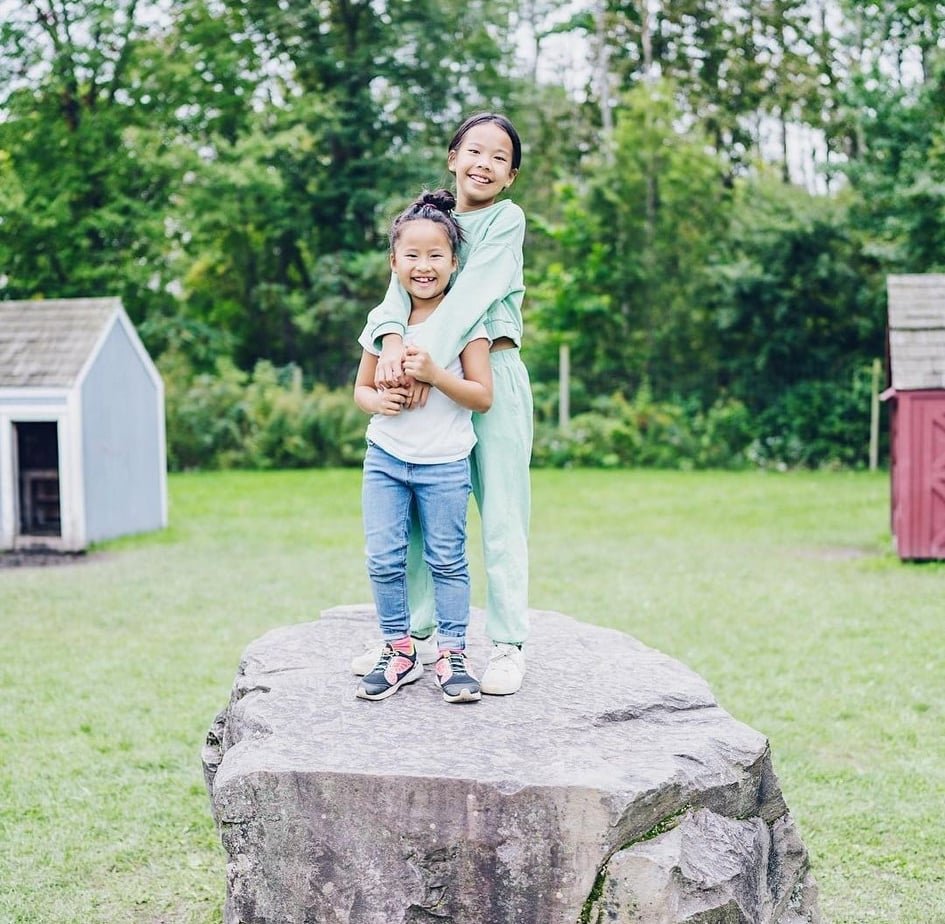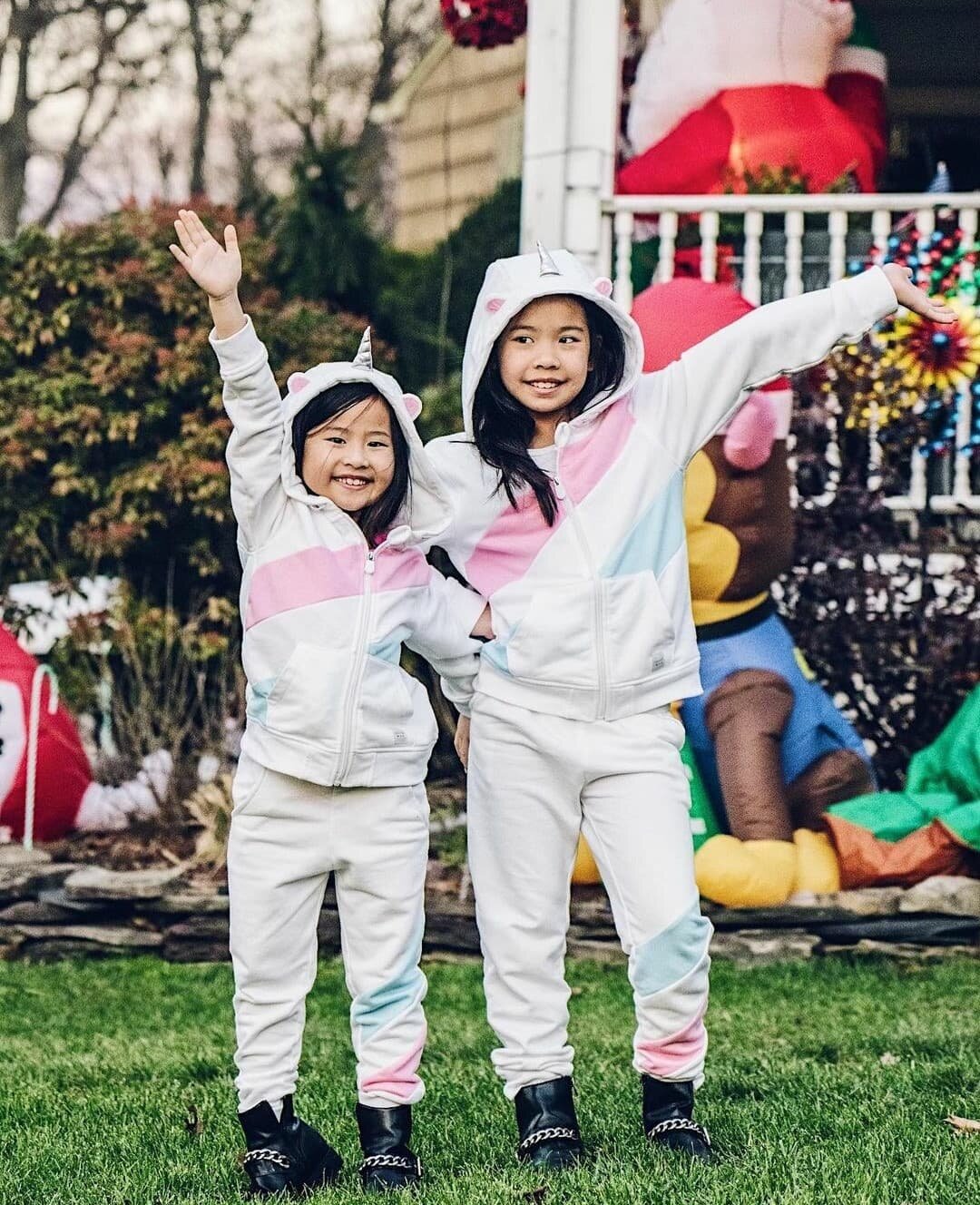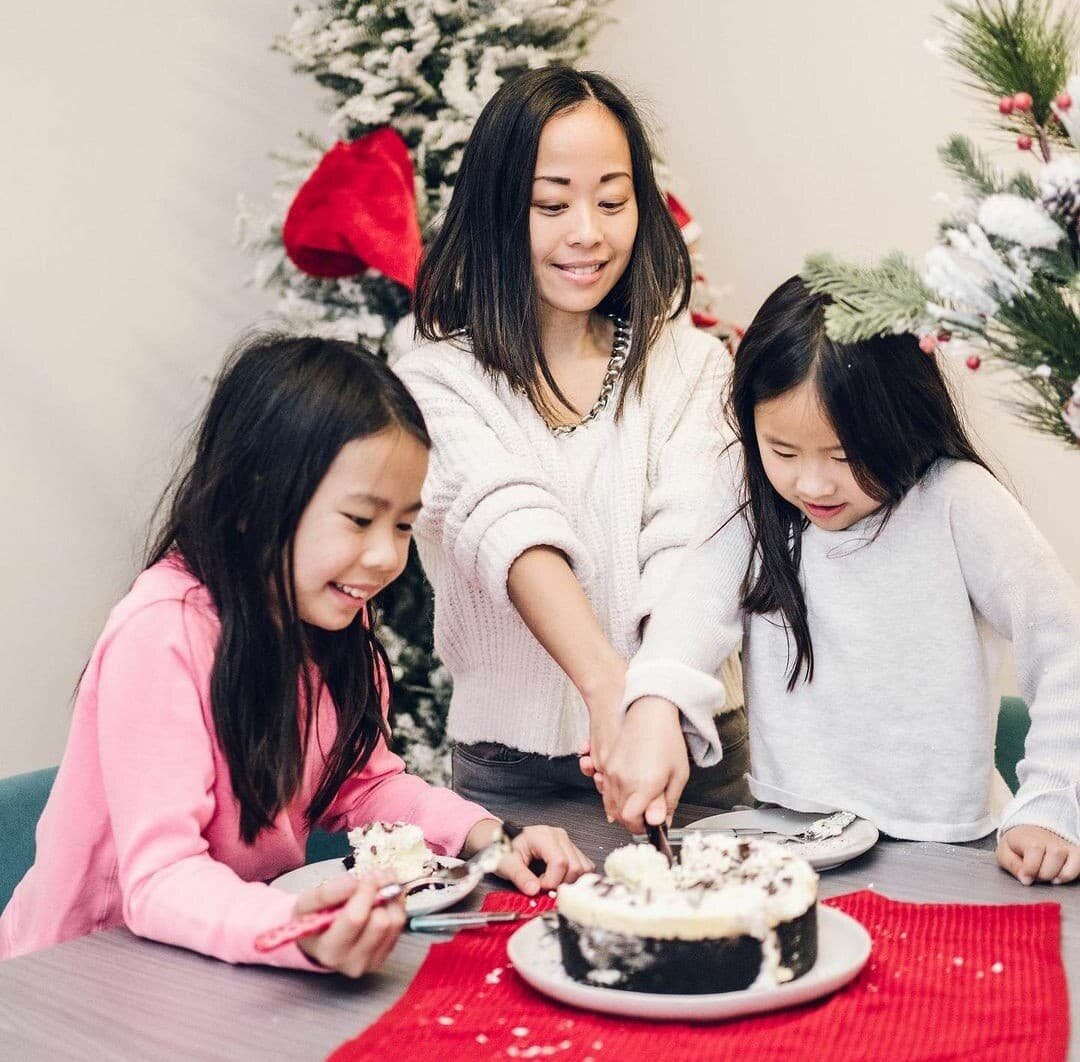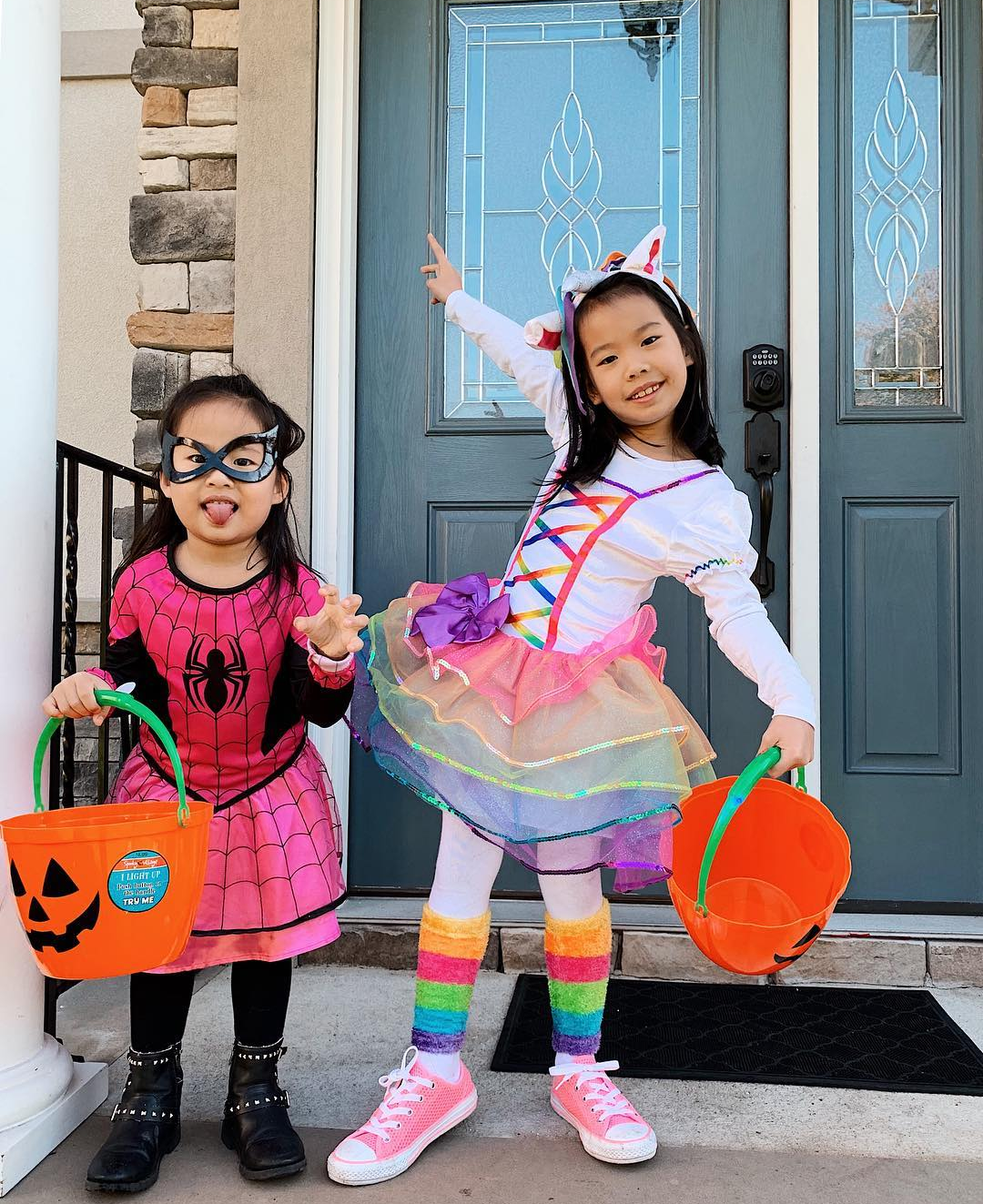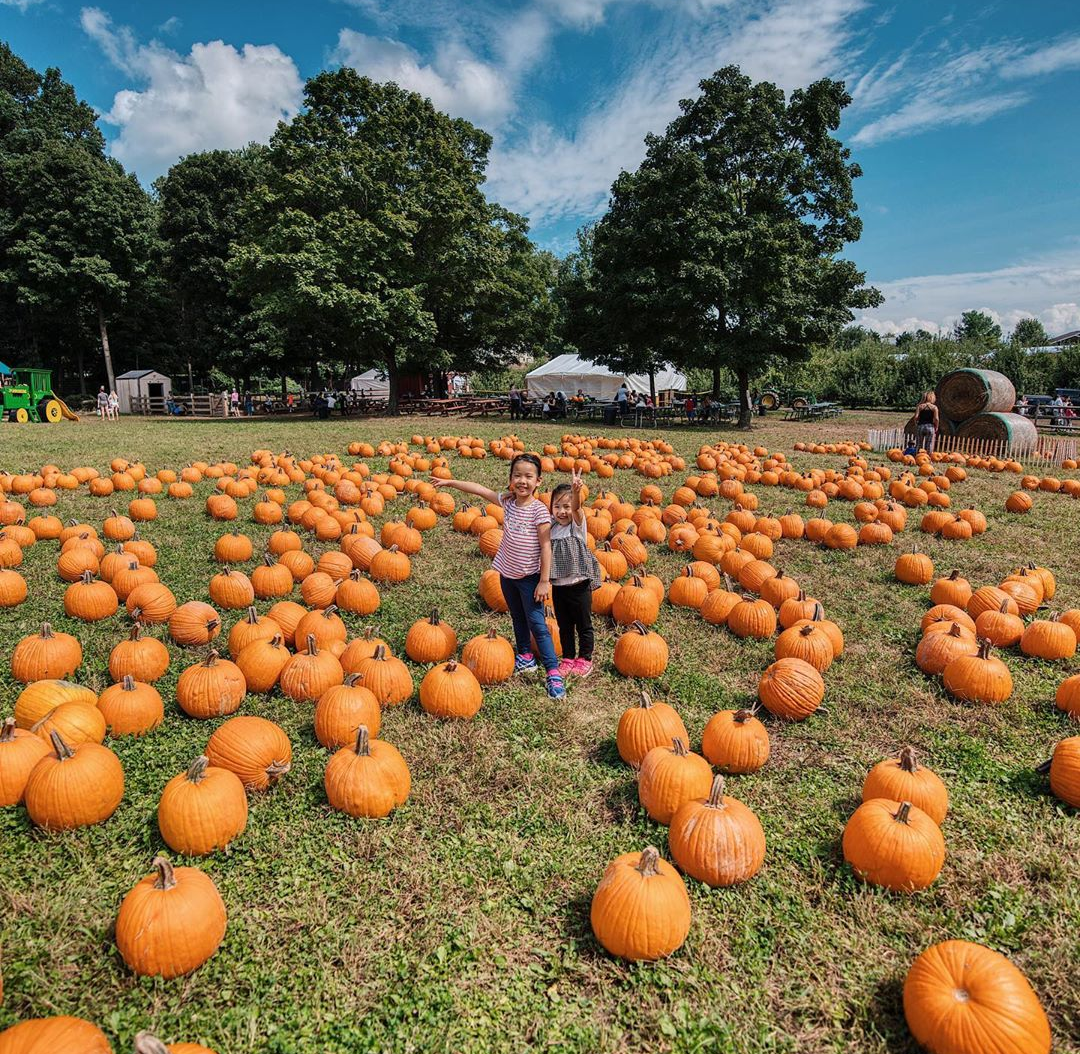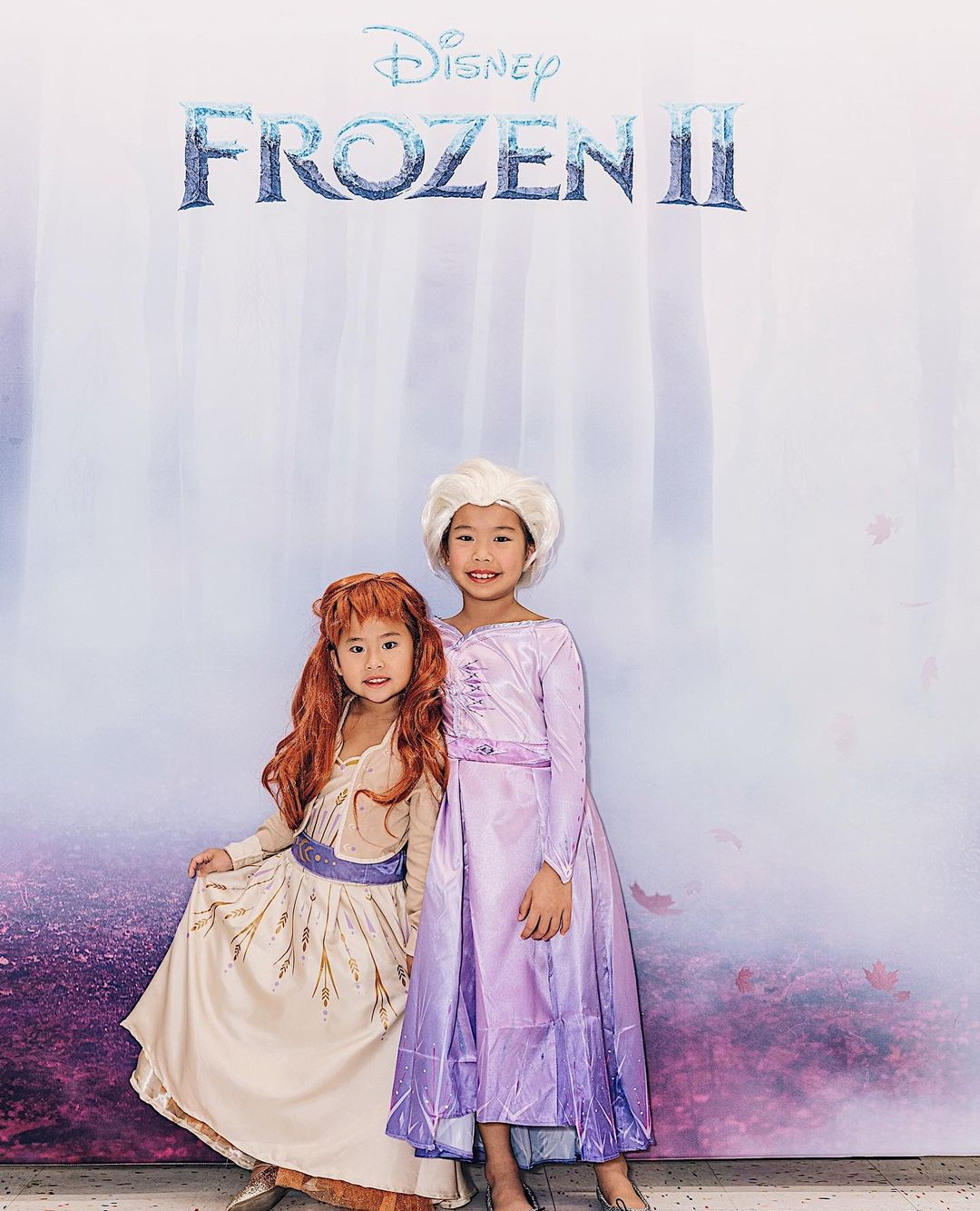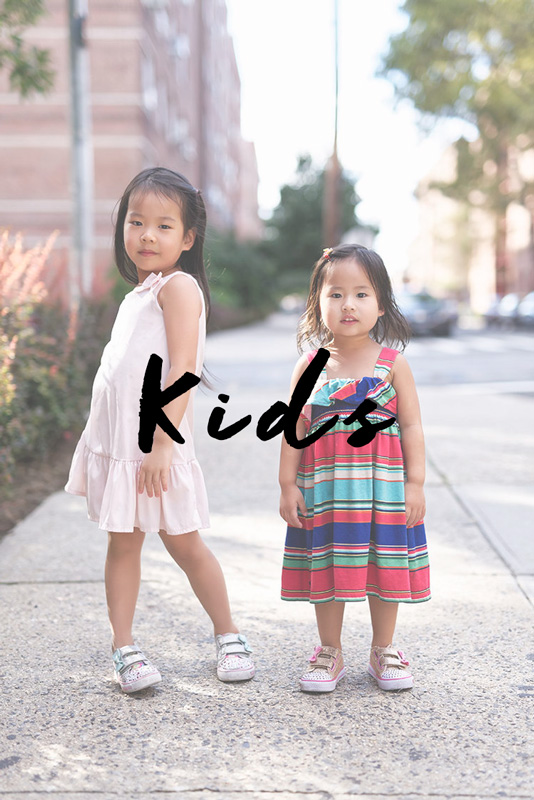Lessons To Teach Your Kids This Valentine's Day
/It's February, and the shelves are lined in red and pink for Valentine's Day.
Have you ever given much thought to the opportunity you have on Valentine's Day to teach kids about love?
I'll be honest, it used to be a fleeting thought, but for the last few years, I've been trying to be more intentional.
Here are some ideas I have picked up that I am passing along to you.
Show Kids They Are Loved With Words
Words matter. The more often kids hear they are loved, the more likely they will believe it.
Valentine's Day makes it easy to show your kids you love them with words.
Write them a note and put it in their lunchbox. Write a message on their bathroom mirror. Say it out loud. Better yet, shout it!
Show Kids They Are Loved With Time
We all know that actions speak louder than words.
In addition to using words on Valentine's Day to express yourself, use your time.
Put down your phone, turn off the TV, and spend some quality one-on-one time with your child.
Do a craft, bake, or enjoy a shared activity together.
Show Kids They Are Loved With Gifts
While kids shouldn't be taught that gifts equal love, a thoughtful gift is a nice gesture of love.
When these gifts come along with your words and attention, they are even more meaningful.
Show Kids How To Love Others
On Valentine's Day, kids give out little valentines to their classmates and friends.
This is an excellent opportunity for you to teach them the importance of showing love to everyone – even people who are different than them.
In addition, they are learning from you how to show love to others. Let them hear you tell your spouse you love him, see you exchange gifts, or spend time together.
Show Kids How To Accept Love
It's also vital that you show kids how to accept love.
Receiving love is essential to our overall well-being.
The easiest way to teach this, beyond showing kids unconditional love, is to accept the love they give you.
This means not wiping off the slimy kisses or resisting hugs. It means hearing their words of love and responding.
Show Kids You Love Yourself
Dee Ray, director of the Center for Play Therapy, explains, "It’s not enough for a parent to love and accept the child for the child to truly learn self-love. [Kids] must also see that the parents love and accept themselves. Watching a parent make mistakes and be imperfect, yet still be loving and accepting of self, is a powerful way to encourage children to love themselves.”
Show Kids It Is More Than One Day A Year
One final Valentine’s Day love lesson for kids – it is more than one day of the year.
Make sure you tell kids that the ways love is expressed on Valentine's Day can (and should) be done throughout the year.








